This siege lasted for twenty whole years, an event of such remarkable geopolitical and cultural importance that it affected the West and the East, nations and religions.
One of the major historical events of the 17th century is located in Heraklion. Chandakas at the time, whose passage from the Venetians to the Ottomans in September 1669 marked the end of the Great Cretan War.
As the E ο Venetian-Turkish War (1645-1669) was called, that is, which soon brought the whole Crete in the hands of the Turks. Except for the impregnable fortress of Chandakas of course, which stood haughtily and continued to resist effectively for the next 21 years.
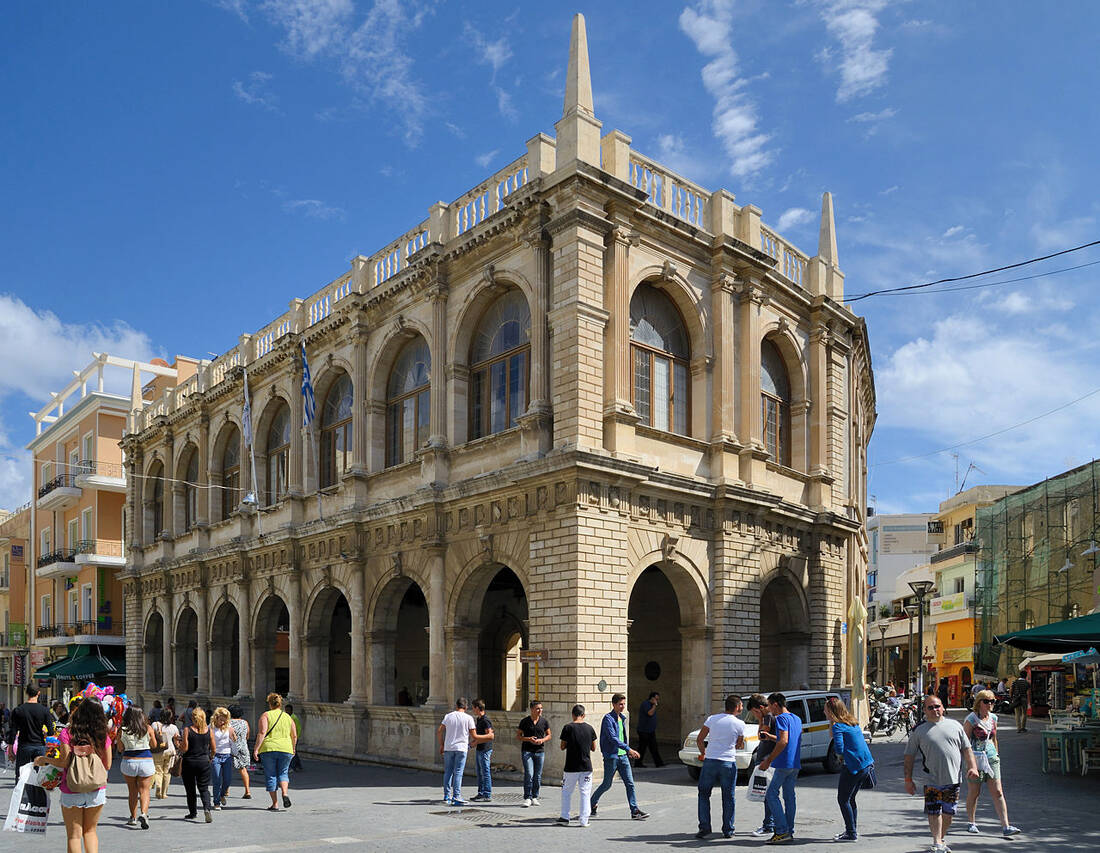
The siege of the Venetian-occupied Chandakas was an event that was a turning point for the developments in the Eastern Mediterranean, the balance of power between Venice and Constantinople, but also the trade routes between West and East.
Heraklion played a key role in Venetian domination, when it developed and evolved into a leading transit and spiritual center.
In 1669 all this came to a violent end. The Cretan Renaissance faded and a new period began. A dark period…
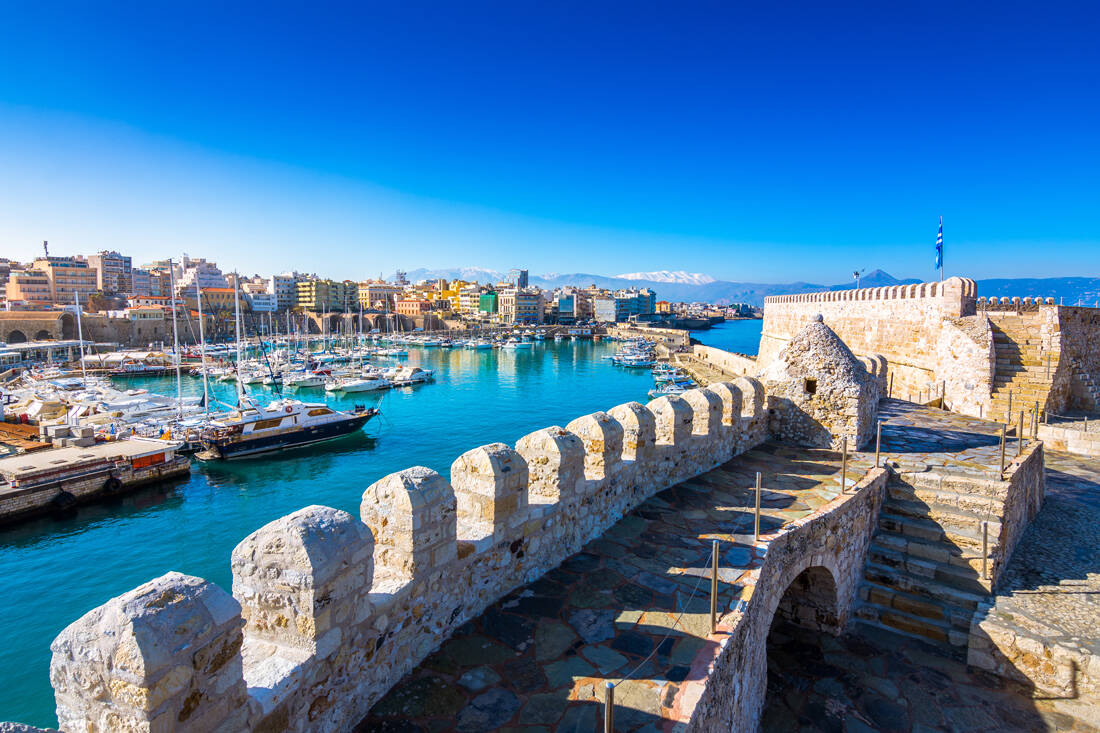
The Venetians had Chandakas in their hands since 1204, ending the Second Byzantine Period of the city. The forces of Nikiforos Phokas occupied Chandakas from the Arab Saracens of Iberia in 961 AD, who had conquered Crete in 823 AD. and transferred there the capital of the island.
They named him Rab al-Haddak Arabs the capital of the Emirate of Crete and Chandakas was also called Hellenized by the Byzantines during the period of Arab rule. The Venetians named the city Candia, while for the locals it was always the Castle (or Big Castle).
Although the first battles of the Great Cretan War between the Most Peaceful Republic of Venice and the High Gate took place in 1645, the siege of Chandakas officially began in May 1648, with the arrival of the Ottoman fleet and the landing of Turkish forces outside. from the city.
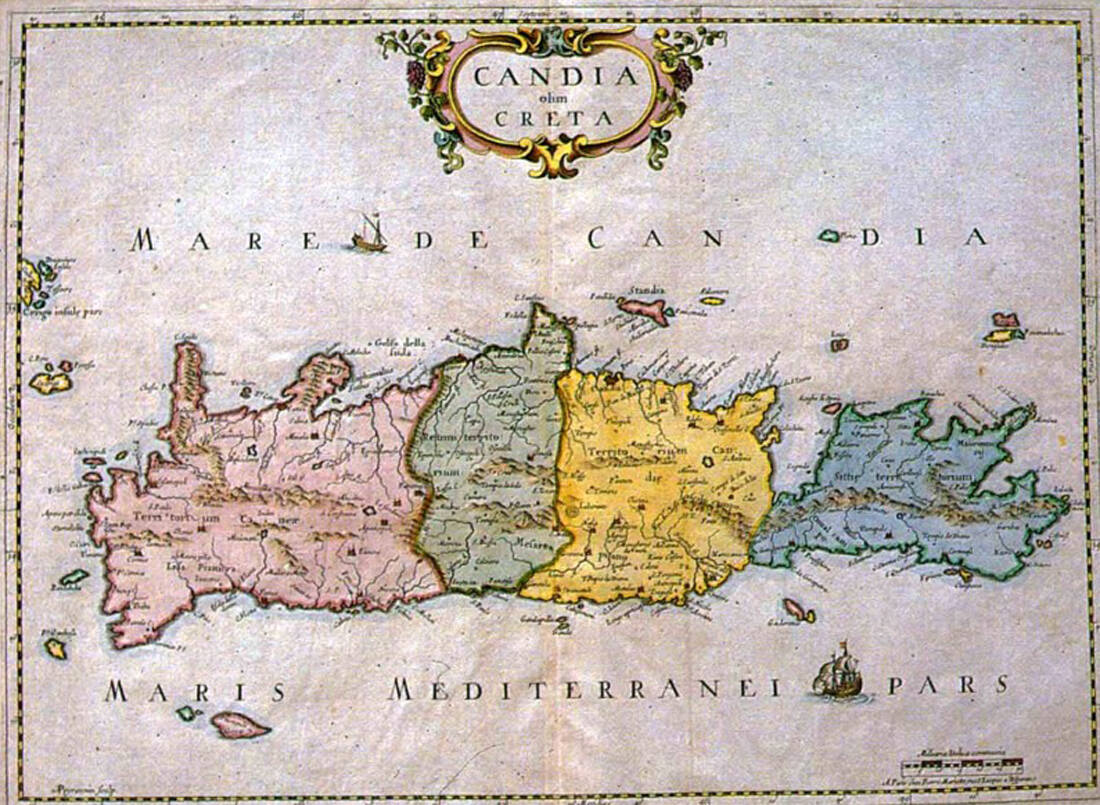
By then, 40% of the countryside had been destroyed by the Ottoman army, while the island's resources had long been used to sustain Turkish forces.
During the most crucial phase, Francesco Morosini, Doge of the Most Serene, Admiral of her fleet, Duke of Candia and conqueror after Moria (Kingdom of Morea), was placed in the most crucial phase of the city. Also known as the man who bombed him Parthenon.
Opposite him was Pasha Kioproulou Fazil Ahmet, the Grand Vizier of the Ottoman Empire, who brought with him all his fame, but also a very powerful artillery.
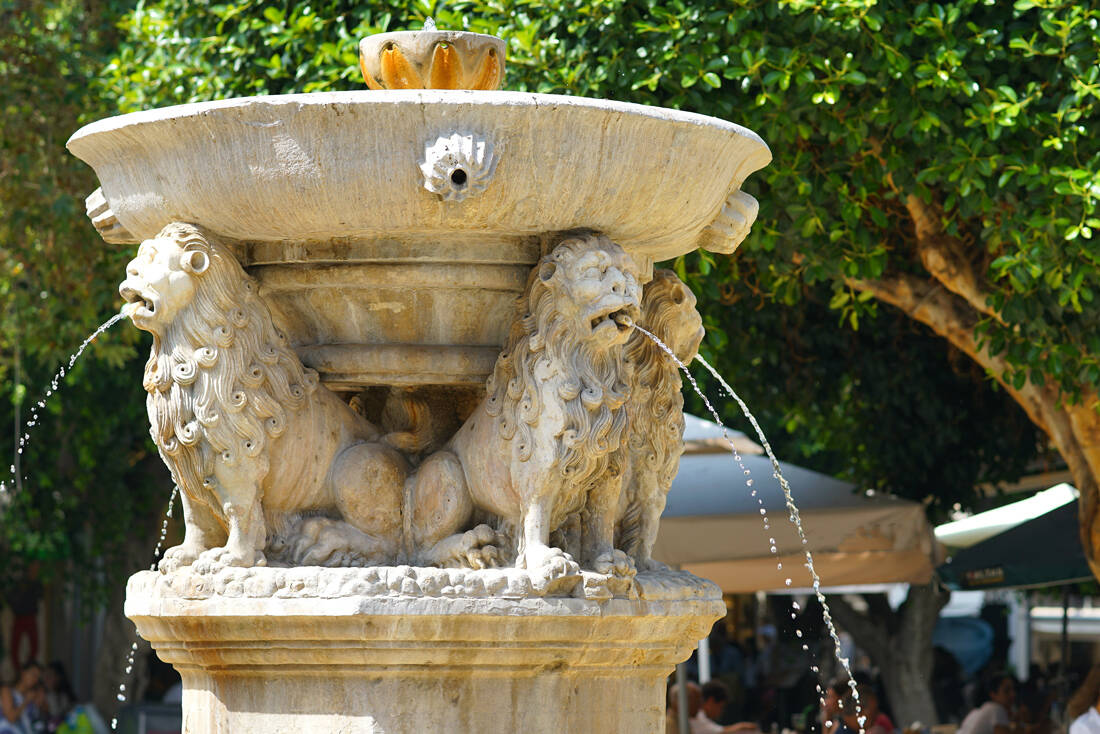
The historical event we call today the Siege of Chandakas (1648-1669) was a long series of conflicts, followed by smaller battles, exits, attacks, counterattacks, etc. It was indeed an extreme siege, both in terms of time and disaster.
It makes sense to think that Christian Europe was groaning behind Chandakas and a number of European powers rushed to contribute to the struggle of the besieged. Until 1641, moreover, Crete was the only area in Eastern Mediterranean which had not fallen into the hands of the Turks, being the last stronghold of Christianity.
For the defense of Chandakas, the Christian kingdoms of the time were effectively united, under the explicit orders of the Pope of Rome, thus inaugurating the longest and uninterrupted siege ever recorded in world history. A real epic.
The reason for the Turkish operation in Crete was the Knights of St. John of Malta, who attacked Muslim pilgrims in 1644 and took refuge in a base in southern Crete with the loot. The High Gate blamed the Most Peaceful Republic and soon (April 30, 1645) 416 ships with 50.000 soldiers (including 7.000 janissaries) set sail from the Dardanelles.

On June 23, the Turks land abruptly in the Kingdom of Candia and the Venetians prove unprepared. The Most Peaceful will react by sending 2.500 soldiers to the island, however, taking care to fulfill the Pope's promise for help.
The Chania fall in two months, next year it falls Rethimno and until 1648 all of Crete was essentially in Ottoman hands. Except for the thorn of Chandakas, since the city was very well fortified from the years they still called it Megalo Kastro. The Turks completely block it from the land, however the Venetian ships find a way to supply it from the sea.
The defense of the city is left to the Venetian soldiers, but also the heroism displayed by the locals. And so the next 21 years will pass!
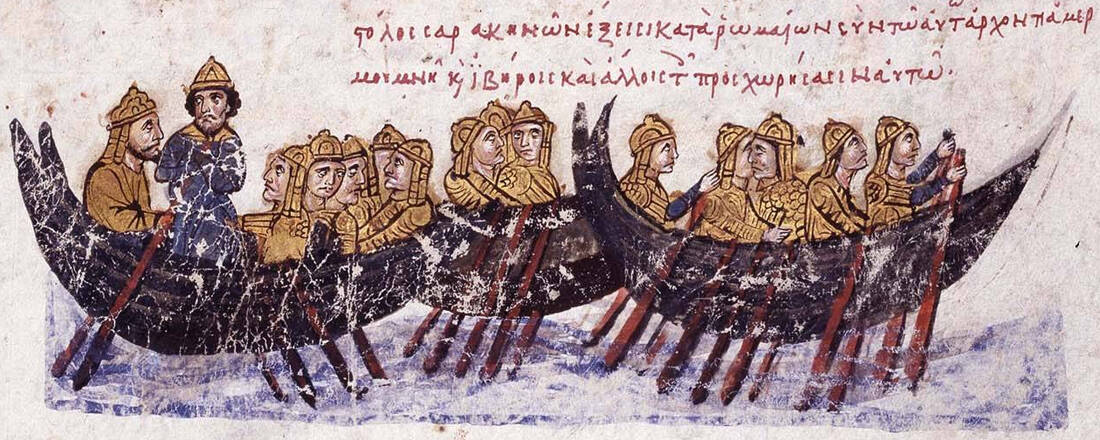
A siege that lasts two decades can have neither black spots nor companies calling for "creative" solutions. The huge castle of Chandakas with its bastions and outer fortresses seemed invincible.
The battle took place in the underground galleries, through which the outer fortresses communicated with the walls, but also in the tanks, wells and sewers that ensured the valuable water supply in the city of 25.000 people.
While the Ottomans The walls were being beaten relentlessly with cannons, and a deadly war was being fought under the ground in the burrows dug by both sides to attack the enemy. Hundreds of such galleries were opened and unimaginable hand-to-hand battles were fought.
The Turks could not cross the city walls and the Venetians failed in any attempt to get rid of the Ottoman hoarseness. In response to the siege, Galinotati tried to blockade the Dardanelles in 1656. Then she said to land in Chandakas. He failed in both plans.
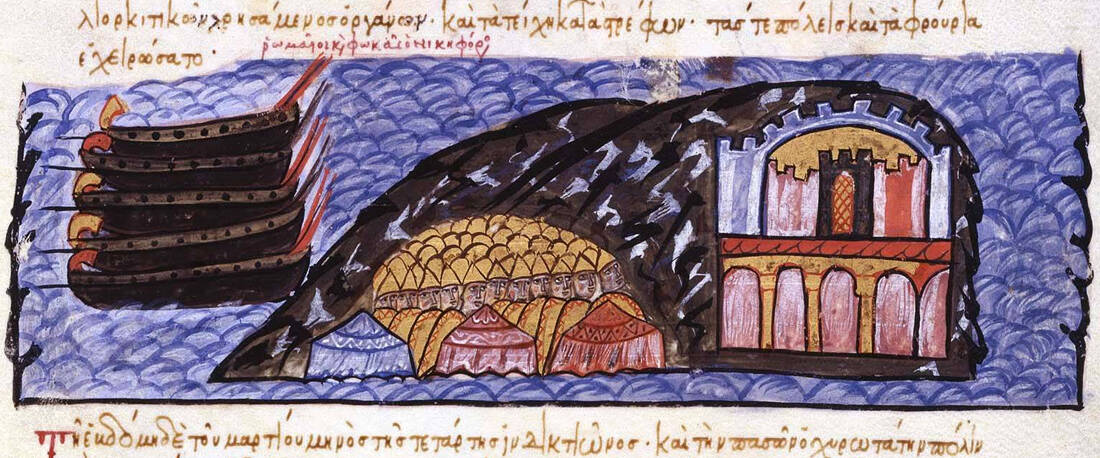
Thus ended the European mission of February 1667, when 6.000 men and 21 ships flying the flags of France, Naples, Sicily and Malta arrived in Chandakas to pursue the Turks. Their only success was repelling an attack off the coast of Kythera.
The Venetians they managed to stop the Turkish supply several times and the damage of the Turkish army in Crete was so great that even thoughts were expressed to stop the siege. Not only did it not stop, but in 1658 another 50.000 Ottomans landed in Crete, under the direct orders of the Grand Vizier.
It was then (December 1666) that the Venetians appointed Admiral Morosini, who was to play a key role in the siege of Chandakas, as the general of Candia.

It was the winter of 1667 when the last phase of this unthinkable siege would begin. These last two years, which saw new Ottoman troops landing in Crete, would have cost the lives of 70.000 Muslim soldiers and 70.000 Christians, warriors and civilians, Venetians and Cretans.
The Venetians reject in the spring of 1668 a new request for capitulation from the High Gate, as they now bet on the help of the French. In June 1668 the first wave of French reinforcements arrives, 6.000 soldiers and 31 ships, but the Ottomans are closer than ever to conquering the city.
The walls of Chandakas and its fortifications are in a tragic state due to the long-term stress. However, the clumsy actions of the French, which had a small impact on the military chessboard, worsen relations with the Venetians and more or less, at the end of August, the French leave!
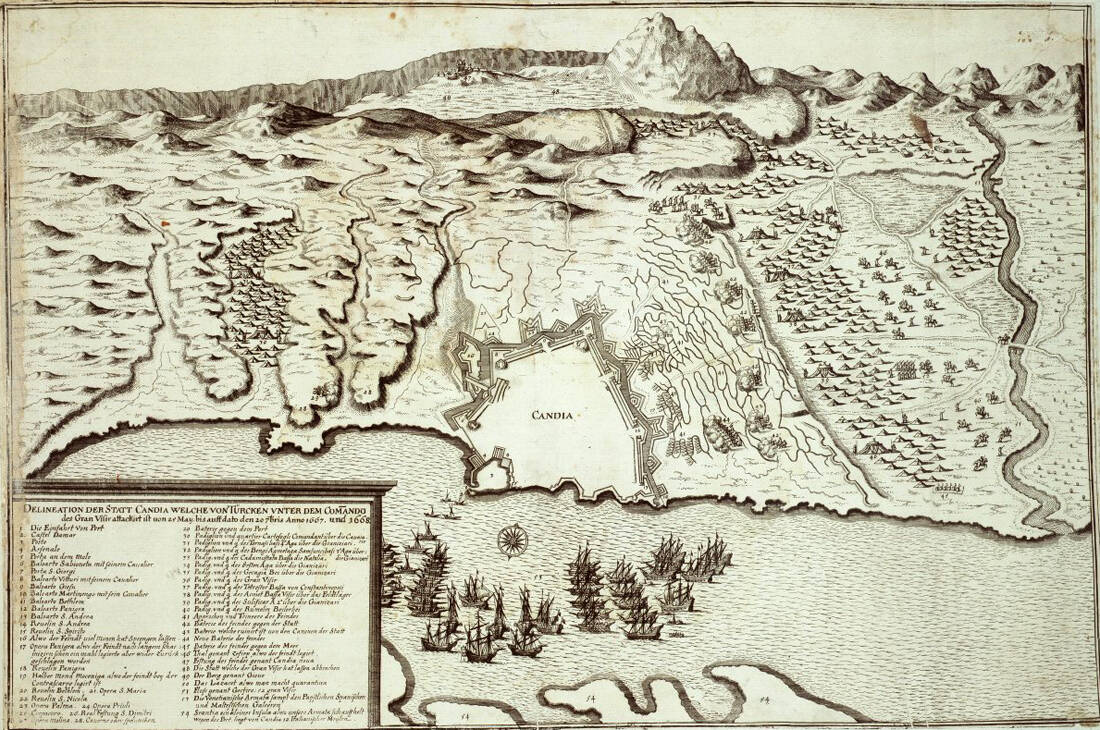
And here the traitor enters our history. It was the engineer Andrea Barotti (Andreas Varotsis) who revealed to Turks the weak points of the fortress but also the plans of the besieged, making Chandakas even more vulnerable than he already was.
Morosini, realizing that there was no hope, decided to surrender. On his own initiative, without consulting anyone in Venice. In September 1669 the "Treaty of Canada" is signed which gives the afflicted inhabitants the opportunity to leave the city with some of their belongings.
By then Morosini had gathered the women and children on the island of Zeus, allowing the few men left in the castle to continue their struggle. When he handed over the city keys to the vizier, Chandakas was almost in ruins. The last inhabitants left the city and the Turks invaded it victoriously.
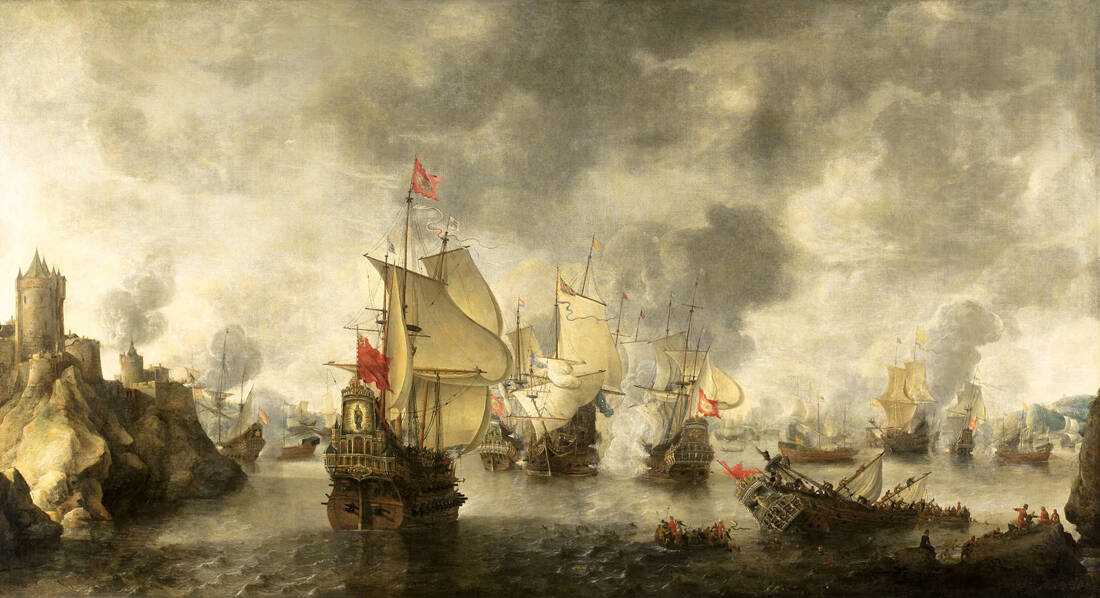
The population of 3.600 inhabitants of Chandakas had 12 days to prepare. They then boarded ships bound for the Venetian-occupied Ionian, where they moved as refugees to the islands, Venice and Dalmatia.
The "Venice of the South", as Chandakas was called, no longer existed. It was just a pile of rubble. As was the whole of Crete, which was to experience a new period of martyrdom: the Ottoman Empire…
